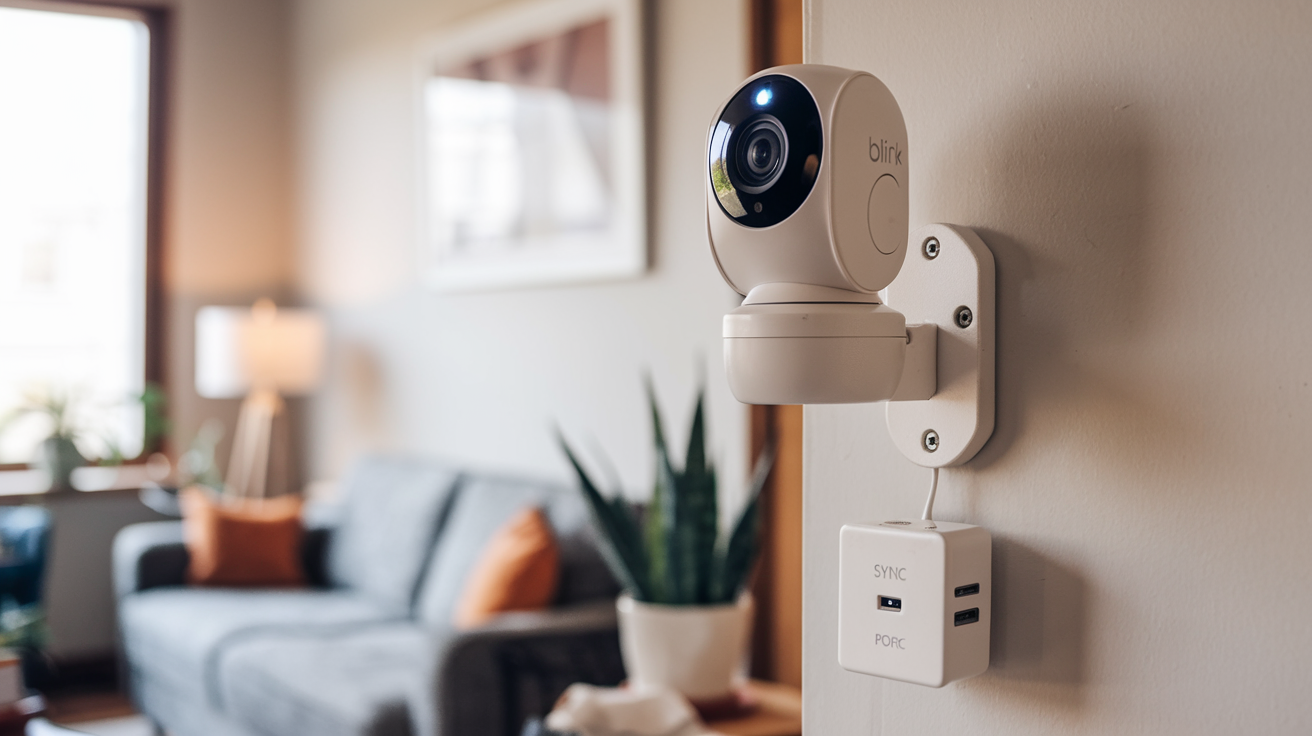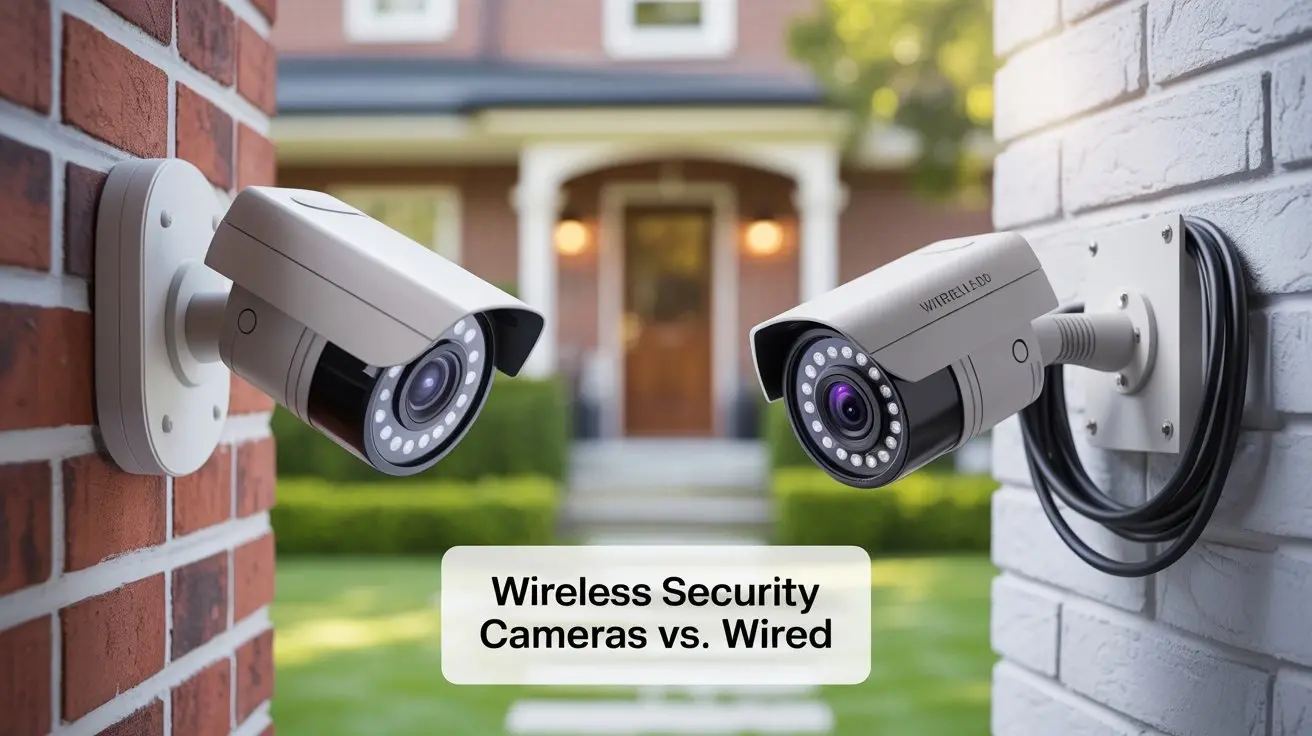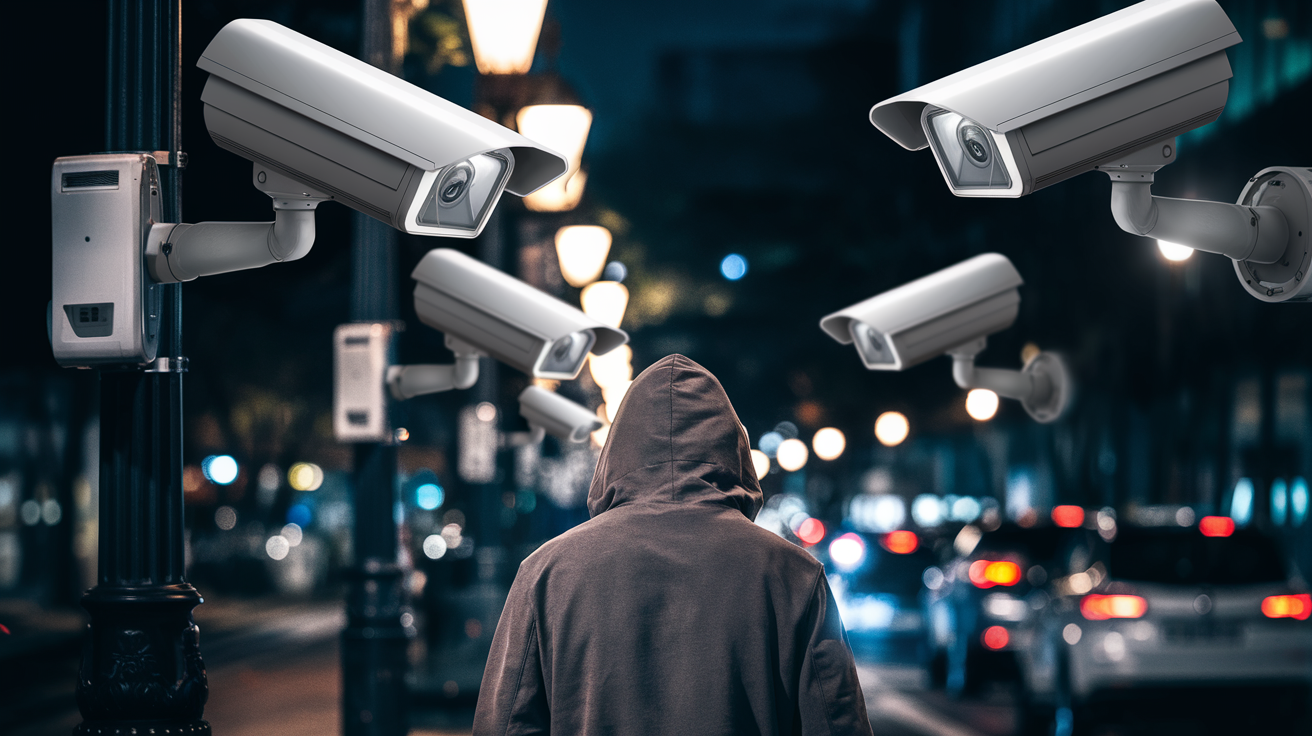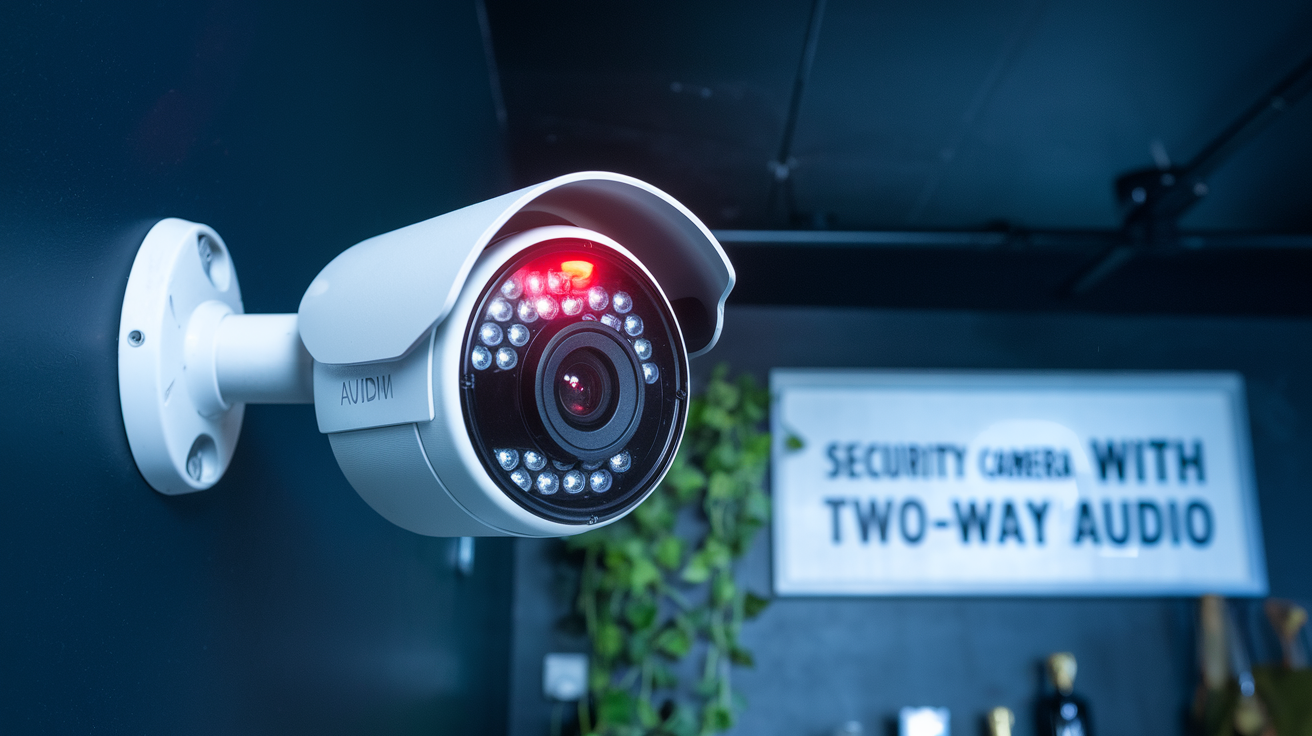Blink is an organization that deals with the production and sale of smart home security cameras. Founded in Massachusetts in 2014, Blink originally aimed to offer inexpensive but accessible Home Security Systems that are operated by lasting batteries. Since then, Blink has emerged as one of the top wire-free security cameras in the market today.
Blink is an Amazon company Last year, Blink was bought out by the online retail behemoth Amazon for about $90 million. From this acquisition, Blink was able to use Amazon’s resources to not only improve its existing product portfolio but also bring in new smart security and home automation products. Even though Blink is a separate company affiliated with Amazon, the backing of such a large parent company must have greatly helped Blink to continue being popular and relevant to consumers.
All Blink’s cameras are developed and produced internally. However, Blink, which is owned by Amazon, designs and manufactures its security cameras independently, even the final products, at its headquarters. All hardware engineering and manufacturing are conducted in Boston, and camera prototypes are refined before moving on to production. The possibility of performing these significant operations in-house instead of outsourcing to other partners and factories helps Blink to promptly transition from an idea to a product. It also enables enhanced quality control assurance at every stage of the developmental process.
Prior wireless camera startup experience was taken by the founders of Blink Blink was launched by Peter Scala, David Chen, and Yevgeni Dodis, three of whom have an engineering background and the fourth has a supply chain background plus a passion for design. Nevertheless, all three of them had prior experience from a previous wireless camera startup known as AliveCor. Scala in particular dedicated over a decade to constructing tangible products from hardware and managing supply chains for multiple startups before founding Blink.
In its early years in 2014 and 2015, Blink’s founding team used its knowledge of wireless camera technology to refine and develop Blink’s first line of wireless home security cameras. Their attention was on making the onboarding and usage processes as easy as possible and at the same time reducing the costs through innovative methods of power usage. For instance, this resulted in the long-life battery design of Blink that replaced hardwired power or constant battery replacement.
Key leaders help Blink to continue to develop. Today, Blink’s founders presumably continue to be involved in some strategic leadership at Blink but the firm is managed by several other executives hired after Amazon’s entry.
Michael Harris holds the position of Vice President and General Manager of Blink. Harris joined Blink in 2018 with previous executive experience at DirectEnergy, TXU Energy, and several other consumer goods firms. Blink’s operations are managed on a day-to-day basis by Vice President Jon Ansell who has had prior experience of over twenty years in the IoT smart home devices segment.
Other recent additions to Blink’s executive team include several other leaders with prior experience at some of the marquee consumer tech companies who are now tasked with ramping up Blink’s hardware ambitions, as well as its software platform. These include Adam Wiener, the Vice President of Engineering, who was at Google and Fitbit; Heidi Roblyer, the Vice President of Product Management and User Experience, more familiar with Echo Devices; and other leaders in software at Ring, Sonos, and Dropcam.
It seems that the mix of original Blink founders, Amazon executives, and new outside hires has been effective in acquiring new customers around the world according to the company’s sales after the 2017 acquisition.
Blink cameras are developed with the following use cases in mind Being able to provide both indoor and outdoor battery-powered cameras, Blink’s lineup is useful in a multitude of home and small business surveillance scenarios. A few examples that Blink's cameras are commonly deployed for include: A few examples that Blink's cameras are commonly deployed for include:
-
Smart video doorbell for the front door – Offers an audible bell that can be programmed to ring, as well as an HD live view of any person or object moving around the entrance, whether it is a visitor coming to the door or a delivery person at the gate. Live view can be obtained even when the operator is not physically close to the camera.
-
Indoor home monitoring – enables people in a household to keep an eye on what is happening inside the home when they are out, for example, children or pets. Motion and sound detection can be set up for alerts with clip recordings.
-
Perimeter/yard security - Record activities taking place immediately outside houses or small offices/warehouses if there is motion or noise inside the range of the wireless camera.
-
Secondary garage/driveway camera - A different angle to the main front door security system enables observing delivery persons dropping off packages or people arriving from other directions.
-
Mobile control over WiFi/LTE – Monitor Live view cameras from iOS and Android devices anytime you are on the move. Cameras could also provide information on home emergencies that are indoors.
-
Alexa voice assistant compatibility - Users can manage multiple Blink cameras simultaneously without needing a screen through the system’s direct compatibility with Amazon Alexa devices and services.
Amazon ownership means bringing resources and the scale of distribution. Blink still exists as its own company owned by Amazon, solely focused on selling security camera hardware and software platforms While there may be some areas where being backed by one of the “Big Tech” companies probably makes things easier, Some examples include:
- Component cost – As a company with large order volumes and significant supply chain bargaining power, Amazon may be able to attain lower costs per unit for critical components such as imaging sensors, chipsets, and resistors. It may be reinvested back into Blink, for instance, in the area of product development.
- Use Alexa Voice Service (AVS) - Blink cameras, of course, depend on cloud systems to operate which Amazon has been into with AWS global cloud storing, processing, and analyzing. Close AWS integration helps to support the multifaceted capabilities of Blink devices.
- Integration with the distribution scale – Amazon directly integrates Blink cameras into its dominant consumer marketplace platform, Amazon. Com offers easy access to millions of Prime consumers. Amazon also promotes Blink products effectively through the use of different bundles and kit offers for increased exposure.
- Integration with other Amazon IoT gadgets - Blink can easily integrate with Amazon’s Echo Show touch screens Alexa voice-enabled assistants, and even the firm’s subscription services, making it easier for it to compete within the smart home market.
In conclusion
Blink owns the design, features, and manufacturing of its security camera line, Amazon’s financial and technological support has boosted the company’s growth and its ability to reach customers worldwide. The Blink brand has remained distinct but has received immense value addition from being part of Amazon in aspects such as logistics, engineering, and distribution centers at the world’s largest e-tailer. As consumer demand for smart home technology is expected to progress at a very fast pace in the future, this relationship puts Blink in good stead to sustain itself.
Protect your home today with ADT’s top-rated security solutions!
Call now at +1 877-470-7879 to get a free consultation and find out how you can secure your home with the best in the business. Don’t wait—ensure your peace of mind with ADT!






